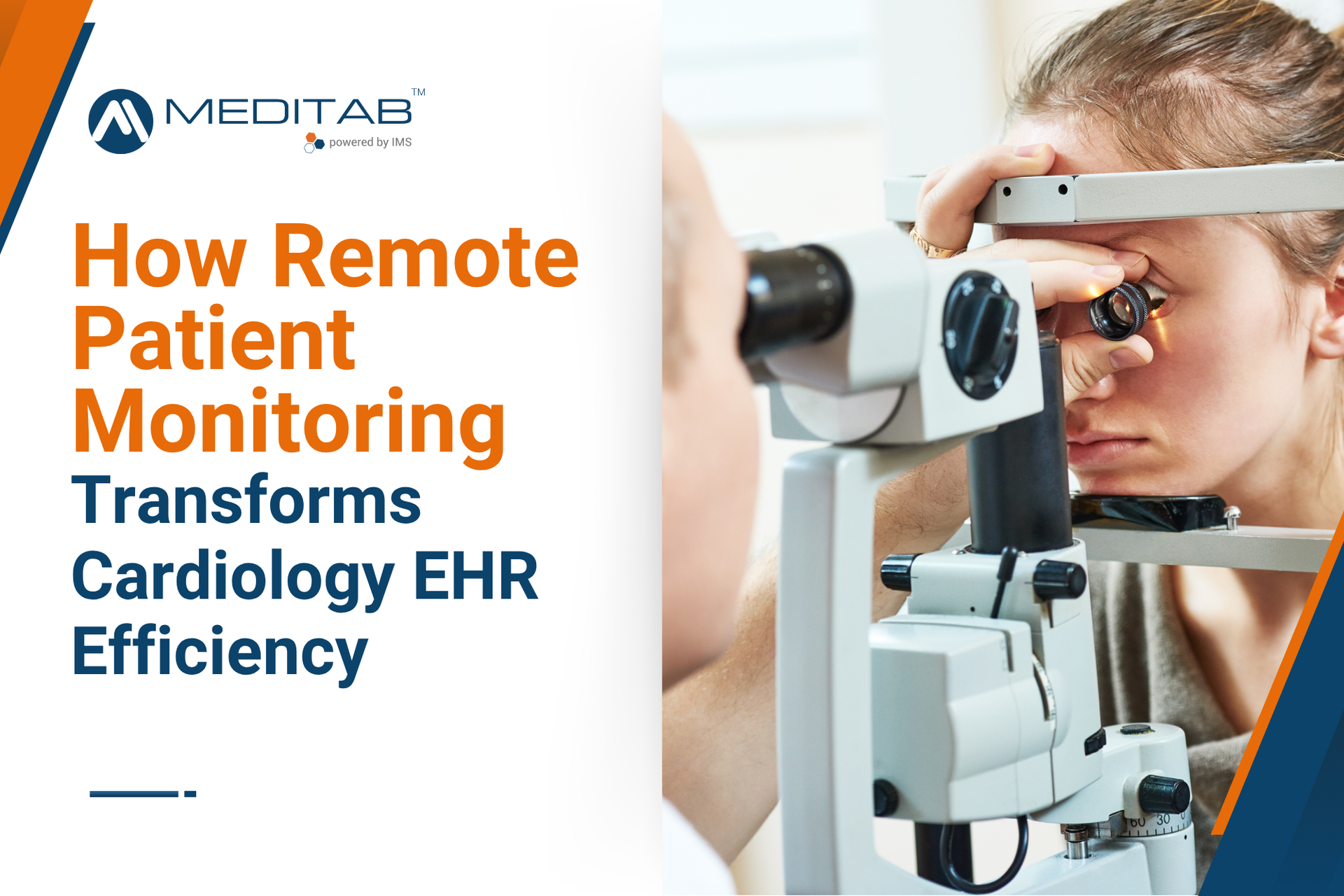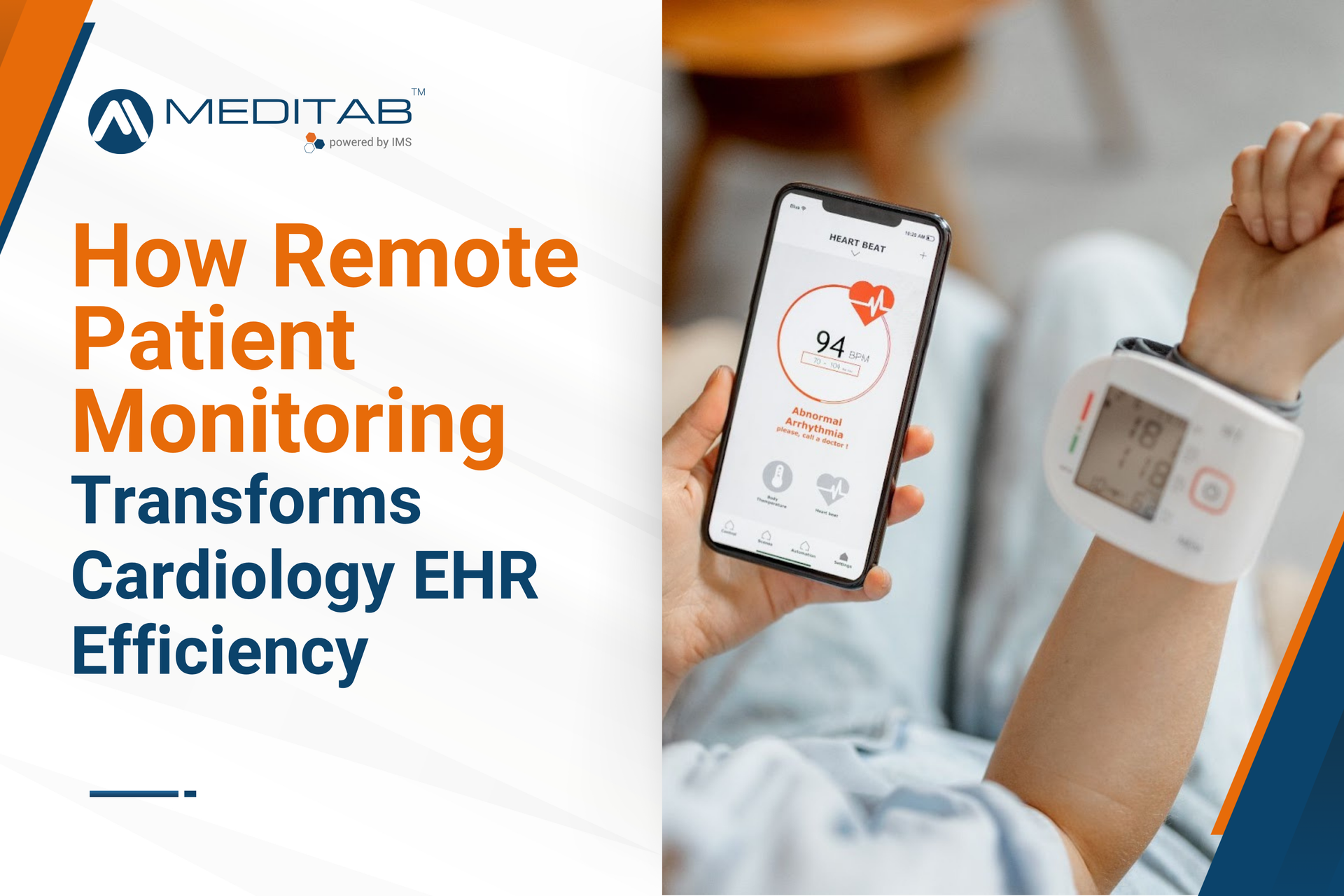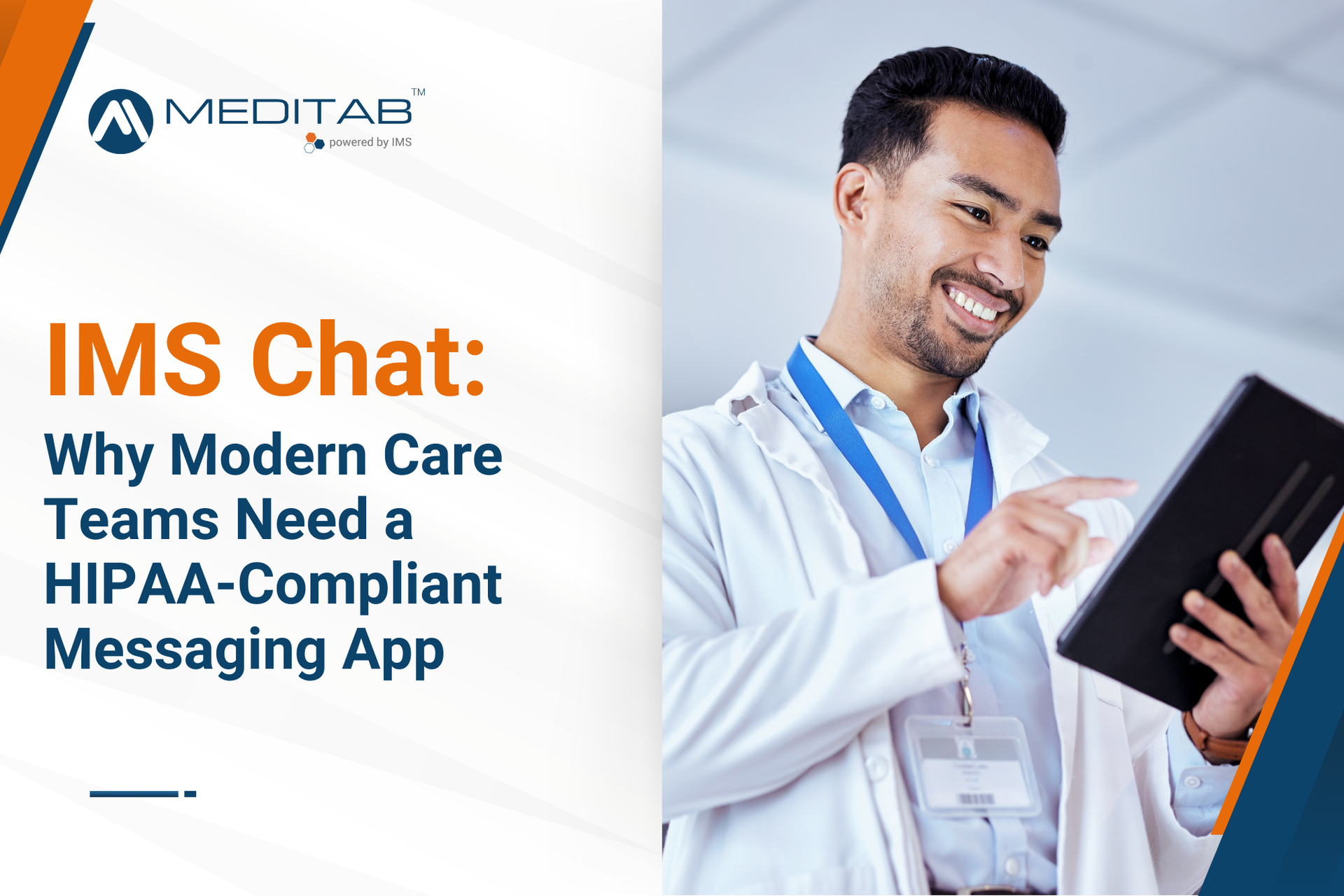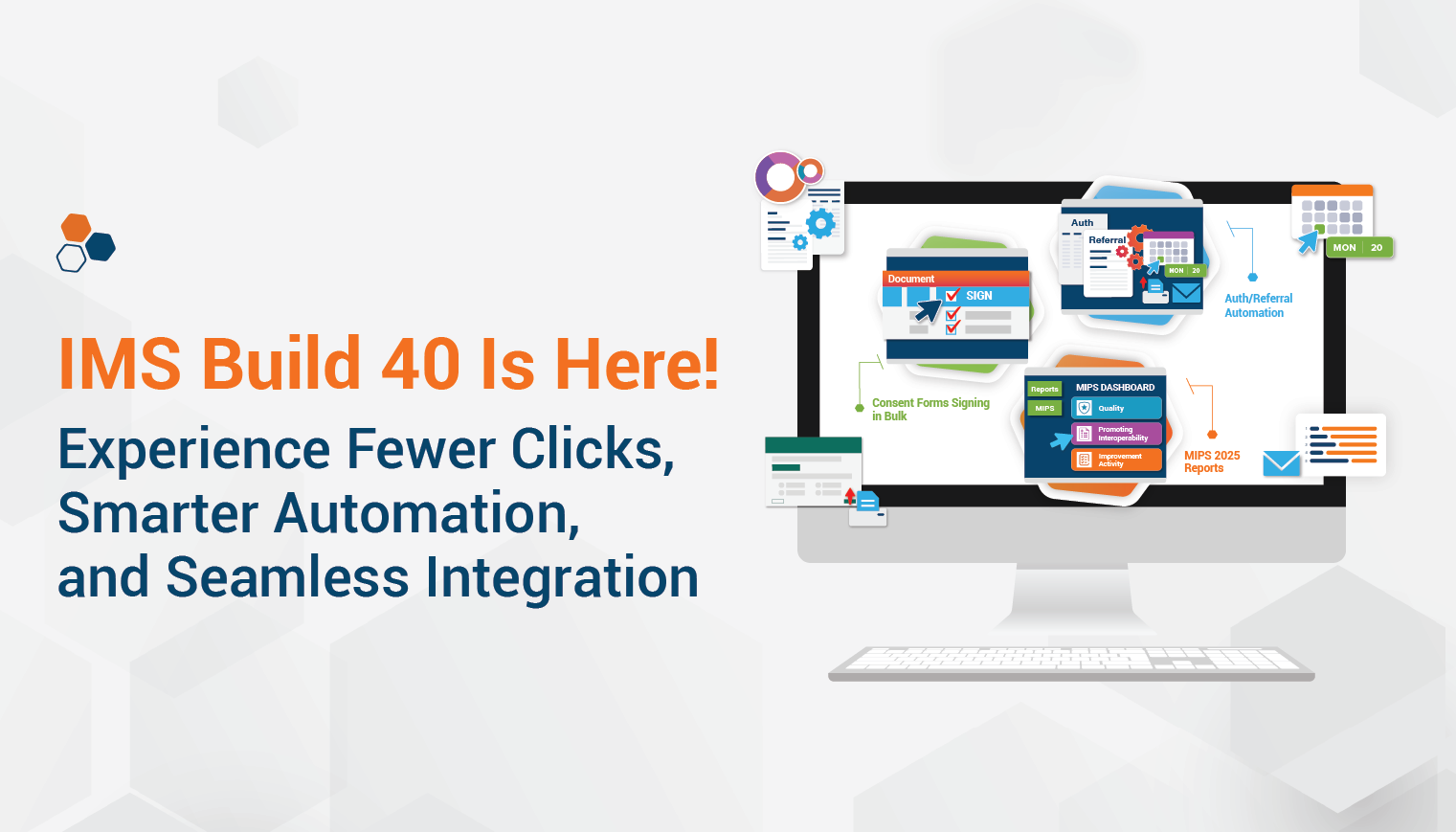In today’s increasingly sophisticated healthcare sector, data has become the driving force behind innovation and progress, transcending its role as a mere tool.
Among the myriad of healthcare datasets available, the Uniform Data System (UDS) stands out for its pivotal role in healthcare reporting. To many community health practice managers and providers, UDS health center data is a gold mine of information, offering insights into patient demographics, service utilization, clinical outcomes, and more.
But how can a community health center (CHC) access such valuable data and use it to elevate the quality of care it delivers?
In the following sections, we’ll break down how harnessing UDS data can revolutionize quality improvement initiatives and explore how
CHC-specific solutions like IMS can facilitate the transformation.
UDS in Healthcare: A Closer Look
CHCs like yours already know that
UDS data is more than just a compliance requirement—it's a powerful tool that can unlock deep insights into your practice.
Every year, health centers across the country diligently compile a core set of information defined in the UDS. This comprehensive dataset provides a panoramic view of your operations, highlighting its strengths and the areas ripe for improvement:
- Patient Demographics - The age, gender, race, ethnicity, and socioeconomic status your patients fall under
- Clinical Quality Measures - The degree to which you administer appropriate clinical services to patients effectively, safely, and within the ideal timeframe
- Services Provided - The types and volumes of medical, dental, mental health, and enabling services your practice delivered
- Staffing and Utilization - Information on healthcare providers, support staff, and service utilization rates
- Financial Performance - Your practice’s revenue sources, operational costs, and financial health indicators
While gathering all this data is essential, its real impact comes from analyzing it to uncover meaningful insights. To do this, healthcare providers must delve into sophisticated data analysis techniques.
How to Leverage UDS Data for Quality Insights
To get the full benefits of UDS data, your practice must look beyond mere data collection. Employing advanced analysis techniques can help extract actionable insights from the information you gather.
Having raw UDS data without the proper analysis is like having a library full of books written in a language you can't read. This wealth of knowledge will continue to escape you until you can properly analyze it. These quality insights allow you to anticipate future needs and identify long-term trends.
- Predictive analytics can help you forecast patient care needs and resource utilization. For example, if you analyze your practice’s historical patient data and notice an increase in flu cases during the winter season, you can anticipate the patient demand and adjust staffing levels accordingly.
- Trend analysis can reveal patient health outcome patterns over time and help you identify areas for improvement. For instance, a rising trend in patient no-shows at your health center can prompt you to look into your appointment scheduling practices and consider adopting innovative solutions to improve them.
- Benchmarking involves comparing your health center’s performance against industry standards, allowing you to spot and address gaps. For example, if your diabetes management outcomes lag behind national benchmarks, you can look into developing targeted quality improvement (QI) initiatives to bridge this gap.
By leveraging advanced analysis of your UDS data, you can uncover a wealth of quality insights to drive continuous improvement in patient care and practice operations.
Using UDS Data to Implement Your Quality Improvement Initiatives
Quality improvement is a structured, systematic approach to enhancing healthcare services. According to the Centers for Medicare and Medicaid Services (CMS), QI seeks to:
- Standardize processes and structures to reduce variation
- Achieve predictable results
- Improve outcomes for patients, healthcare systems, and organizations
By adopting QI processes, you go beyond improving patient care—you’re also positioning your practice to successfully meet regulatory compliance and compete in the healthcare market. Here are steps you can take to leverage UDS data for QI:
Identify Strategic Priorities
Use UDS data to pinpoint high-impact areas that need improvement, such as reducing patient wait times or improving chronic disease management. By analyzing trends and patterns, you can identify specific issues such as high rates of chronic disease, low patient satisfaction scores, or clinic workflow inefficiencies.
Once you identify areas requiring improvement, you can then direct your efforts toward ones that will make the most significant difference in your overall performance.
Set SMART Goals
Once you have identified your priorities, use your UDS data to define Specific, Measurable, Achievable, Relevant, and Time-bound (SMART) goals.
For example, if your FQHC UDS data indicates a high incidence of uncontrolled diabetes, you may want to set a goal to reduce the percentage of patients with uncontrolled diabetes by 15% within the following year. SMART goals provide a clear framework for your initiatives and make tracking progress and measuring success easier.
Develop Comprehensive Strategies
Create detailed action plans that outline the steps needed to achieve your SMART goals. This includes identifying your required resources, assigning responsibilities among your team members, and setting reasonable timelines.
Your strategies should incorporate best practices and evidence-based approaches to ensure their effectiveness. For example, you can improve chronic care management by implementing a new patient education program, enhancing follow-up processes, and integrating a robust chronic care management dashboard into your EHR system.
Engage Multidisciplinary Teams
To reap long-term benefits from your UDS data, you must strengthen your QI initiatives by engaging a diverse group of healthcare providers, administrative staff, and stakeholders.
A multidisciplinary team brings various perspectives and expertise to the table, fostering collaboration and innovation. For instance, improving patient satisfaction would require input from providers, front desk staff, and patient care coordinators. Engaging these teams ensures that you consider and address all aspects of the patient experience.
Monitor and Evaluate Progress
Use your UDS data to track the progress of your QI initiatives continuously. Regularly review performance metrics to determine if you’re meeting your SMART goals and identify areas that need adjustments.
For example, if your goal is to reduce patient wait times, monitor wait time data monthly and adjust scheduling practices or staffing levels based on your findings. Continuous monitoring and evaluation help ensure your initiatives remain on track and achieve the desired outcomes.
Tools and Resources to Support UDS Reporting for FQHCs
Community health centers such as federally qualified health centers (FQHCs), rural health centers, and community clinics manage an overwhelming array of responsibilities. This is why they rely on various solutions to optimize and enhance data analysis for quality improvement initiatives.
If your community center is looking for more accurate and efficient ways to streamline
UDS reporting for FQHCs, here are the top tools and resources you need:
Electronic Health Record (EHR) Systems
EHR systems are critical for capturing and organizing patient data. These systems streamline data entry, storage, and retrieval, making it easier for your practice to compile accurate UDS reports. A top-notch EHR such as IMS can also offer data analysis and reporting functionalities that can conveniently generate UDS-specific reports.
Data Analytics and Visualization Tools
Practice analytics tools help CHCs analyze large datasets and visualize trends and patterns in the data. From generating report summaries to customizing reporting dashboards, data analysis solutions provide potent insights that can help you maximize productivity and make smarter, data-backed decisions to boost quality improvement efforts.
UDS Reporting Portals
A UDS reporting portal provides your practice with a centralized, user-friendly platform where you can submit and manage your UDS data. It streamlines the reporting process by offering tools for data validation, error checking, and automated reminders for submission deadlines, ensuring that data is accurate and timely.
A reporting portal is especially beneficial when seamlessly integrated into your EHR system. For example, IMS works with an independent
UDS reporting application and simplifies your process by:
- Securely pulling all necessary data from the system
- Generating comprehensive UDS reports in minutes without any slow-downs
- Promptly updating the report format, which changes every year
Enhance UDS Reporting & Elevate Quality of Care with IMS
If you’re worried about finding and integrating different tools into your workflows, we have good news!
IMS for Community Health is an all-inclusive platform for all your UDS reporting needs.
When you have an EHR system that offers CHC-specific modules, including a robust practice analytics feature and a seamlessly integrated UDS reporting portal, you don't have to worry about juggling three separate tools.
IMS offers an all-in-one solution that streamlines operations, enhances data accuracy, reduces costs, and ultimately supports your mission to deliver high-quality, patient-centered care.
"
We have several federal requirements that we have to meet, [including] UDS reports, and being able to actually get that data in a form that the government requires, and do that in a timely fashion, helps us with our funding and keeps things affordable for patients."
-
Tony Downs, Cumberland Family Medical. Chief Technology Officer
Don't let the complexities of UDS reporting stop you from providing exceptional care. With IMS, you can unlock the full potential of your UDS data and elevate your practice to new heights of excellence!
















